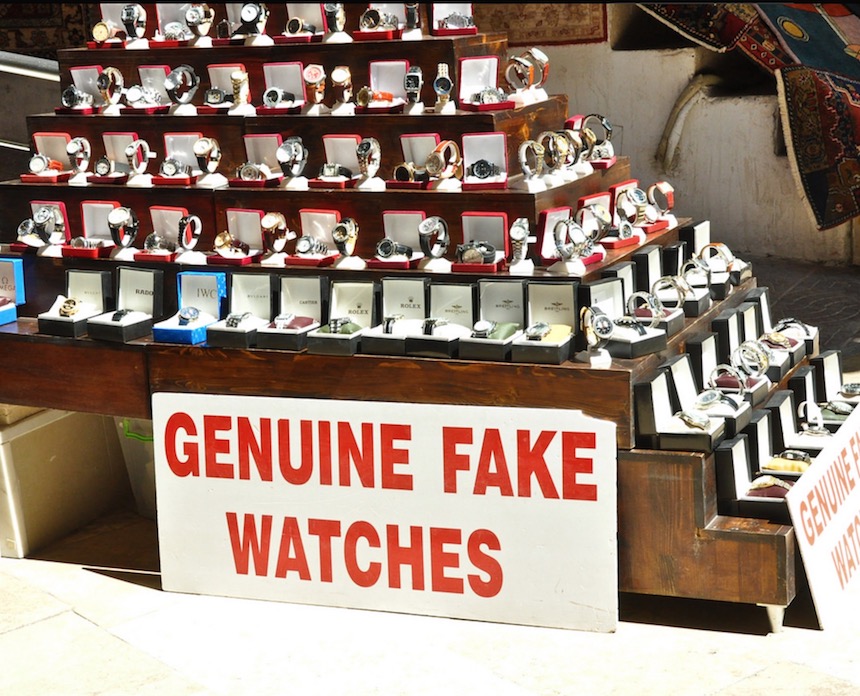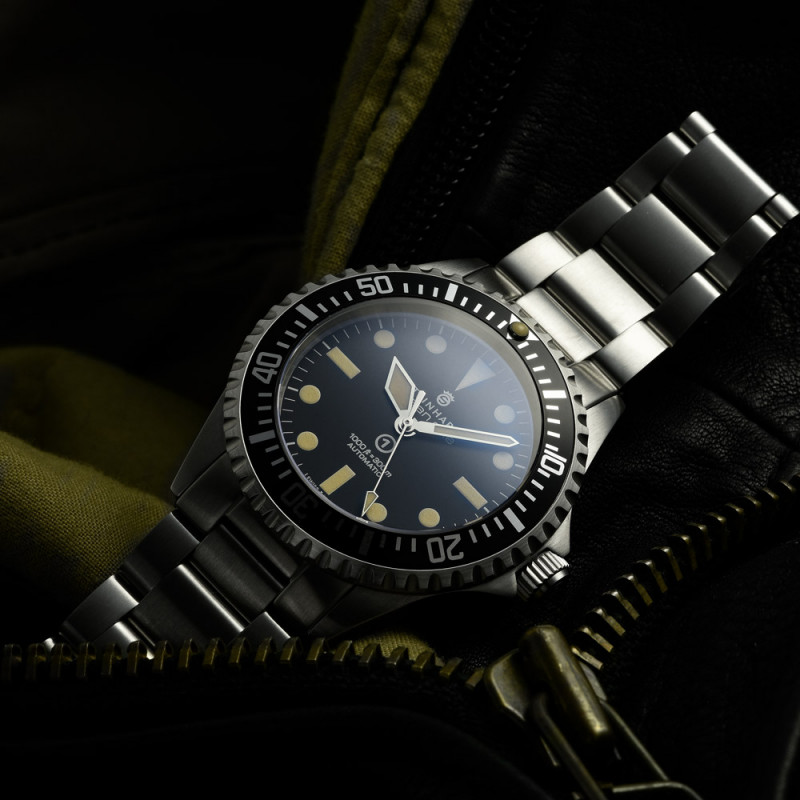hom·age
ˈ(h)ämij/
noun
noun: homage; plural noun: homages
- special honor or respect shown publicly.
“they paid homage to the local boy who became president”[1]
- a term known to send watch enthusiasts into fits of apoplectic rage.
“check out this sub homage, it’s just as good as a Rolex for about 5% of the price”
“that’s not a homage, it’s a blatant rip-off; your mother should be ashamed”[2]
I believe it’s safe to assume that most readers on aBlogtoWatch are opposed to counterfeit/replica watches. These are watches are designed for one reason only: to deceive. Whether the intended target is the person purchasing the watch or a naïve person sitting down at the bar checking out a knowing buyer’s watch, this is an insidious and deceptive practice. To sum up: Fakes are bad. Hopefully, we can agree on that.
Homage watches are a different beast altogether, and there seems to be little agreement on their place in the watch industry. These are not direct copies; small stylistic cues are changed and, critically, there is a clear indication of the actual brand on the dial. Thus, these are not copies, yet they are clearly meant to evoke the essence of a particular brand or model. Homage watches have become ubiquitous in the microbrand arena, especially homages to various Rolex Submariner models. Many respectable brands that have some interesting and unique designs in their portfolio also sell a stable of homage watches (e.g., Squale, Davosa, and Steinhart, to name a few). I don’t know the numbers behind these projects, but I’m guessing these homage watches sell quite well and help keep these companies in the black. My take is that there is nothing inherently wrong with an homage, nor with taking stylistic cues from older references. Really, there would be slim pickings in the watch world if every element had to be unique. Plus, some designs simply work. They’ve passed the test of time for very good reasons. However, determining what is or is not an homage can be a difficult task.
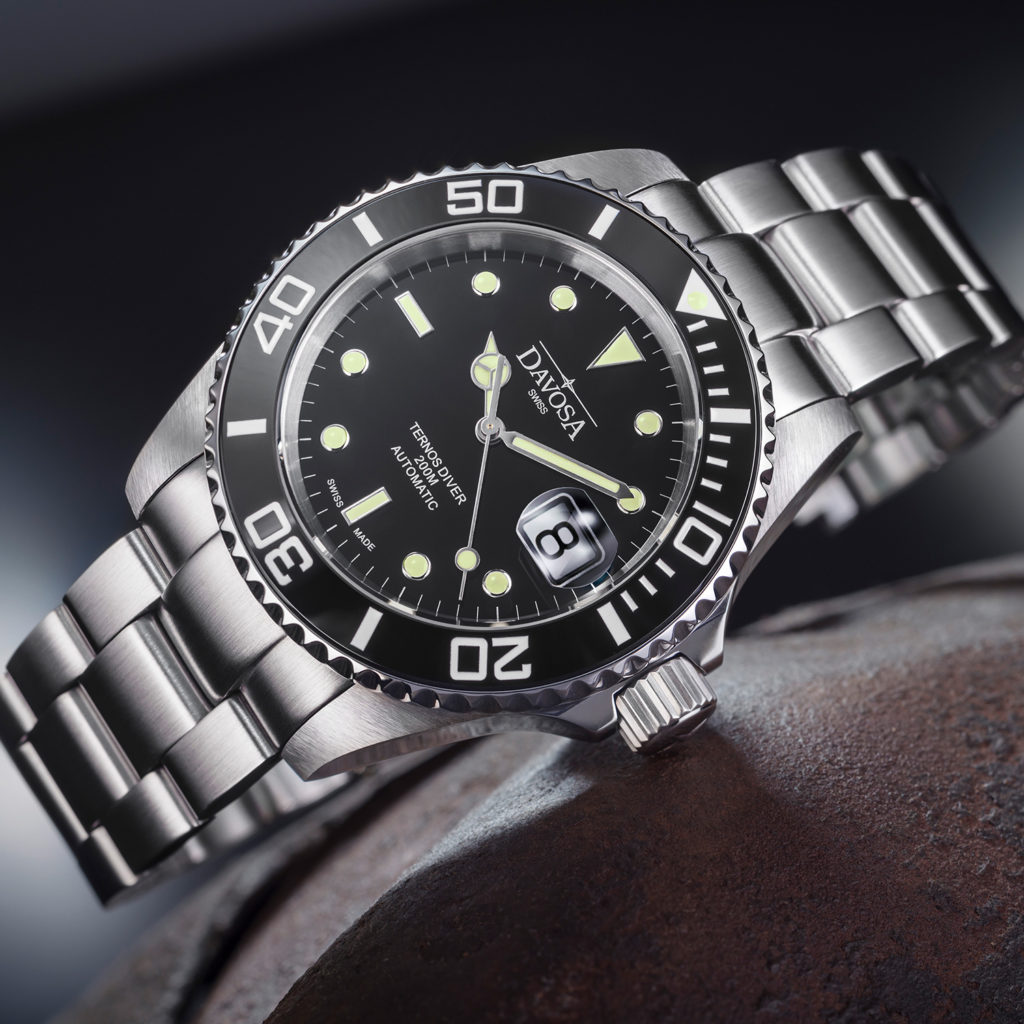 Consider a spectrum of dive watches. On one side of the spectrum, you have blatant copies/replicas, watches meant purely to deceive. On the other, a completely new and original design. I would place an homage watch closer to the replica end of the spectrum (example: Squale 20 Atmos, Steinhart Ocean One series). If we travel further along, other homage watches may emerge with some unique design elements that differentiate them further from the models to which they pay tribute and may be interesting in their own right (example: NTH Santa Cruz, Squale 30 Atmos GMT Ceramica). Continue further still and, in my opinion, we leave the land of homage watches and emerge in a zone populated by the vast majority of watches, those that take design cues from classic watches but remain their own, clearly distinct piece (examples: the circular hour markers on a Seiko MM300, the cyclops date window on a Ball Fireman Racer, or the classic Submariner oyster case profile found on any number of watches). Finally, we get to entirely unique designs – I’ll pick a Doxa Sub 300 or an Omega Ploprof here. Where on the spectrum homages end and original designs begin will vary depending on the reader.
Consider a spectrum of dive watches. On one side of the spectrum, you have blatant copies/replicas, watches meant purely to deceive. On the other, a completely new and original design. I would place an homage watch closer to the replica end of the spectrum (example: Squale 20 Atmos, Steinhart Ocean One series). If we travel further along, other homage watches may emerge with some unique design elements that differentiate them further from the models to which they pay tribute and may be interesting in their own right (example: NTH Santa Cruz, Squale 30 Atmos GMT Ceramica). Continue further still and, in my opinion, we leave the land of homage watches and emerge in a zone populated by the vast majority of watches, those that take design cues from classic watches but remain their own, clearly distinct piece (examples: the circular hour markers on a Seiko MM300, the cyclops date window on a Ball Fireman Racer, or the classic Submariner oyster case profile found on any number of watches). Finally, we get to entirely unique designs – I’ll pick a Doxa Sub 300 or an Omega Ploprof here. Where on the spectrum homages end and original designs begin will vary depending on the reader.
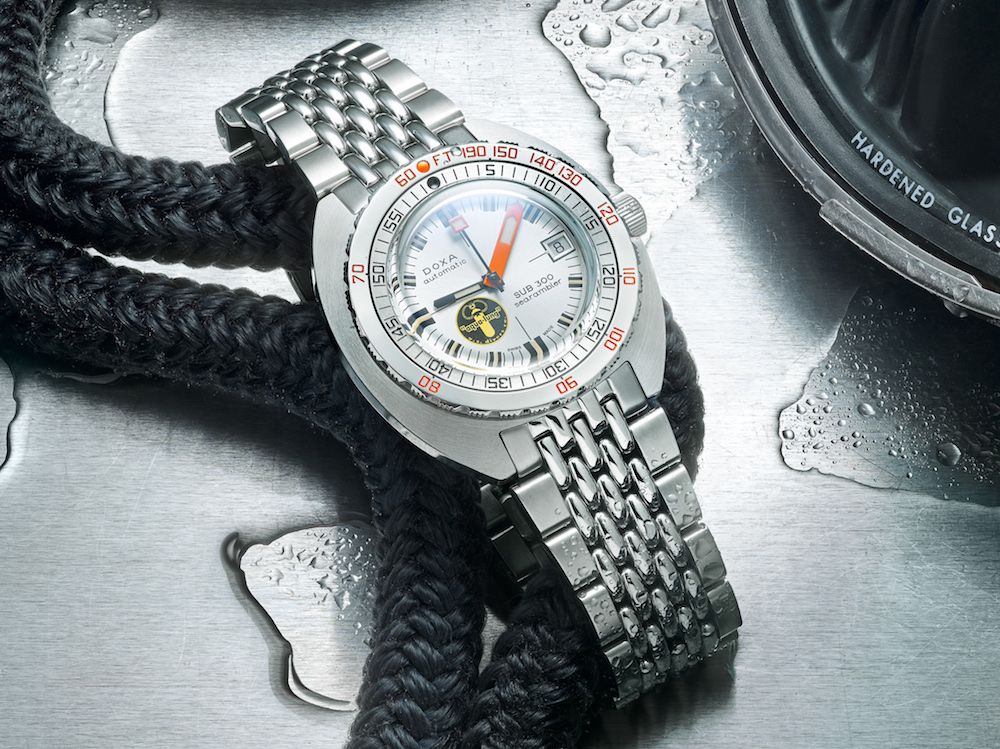
The question is, what are you comfortable wearing? Where do you draw the line for yourself? Perhaps more importantly, you may consider why you’re purchasing the watch. If you’re on this site, you’re not likely looking to buy a watch in order to deceive. Instead, for example, you may simply appreciate the styling of a Rolex Submariner and want a watch that captures that style without the price tag or social baggage that can come with wearing a Rolex. Or, regardless of price, you may simply appreciate that the watch you’re interested in incorporates some of those now classic design elements in a new and interesting way. Sometimes, however, it can be difficult to reconcile how we feel about watches and design on a personal level with the reality that we live in a world in which what we wear is seen as a reflection of who we are.
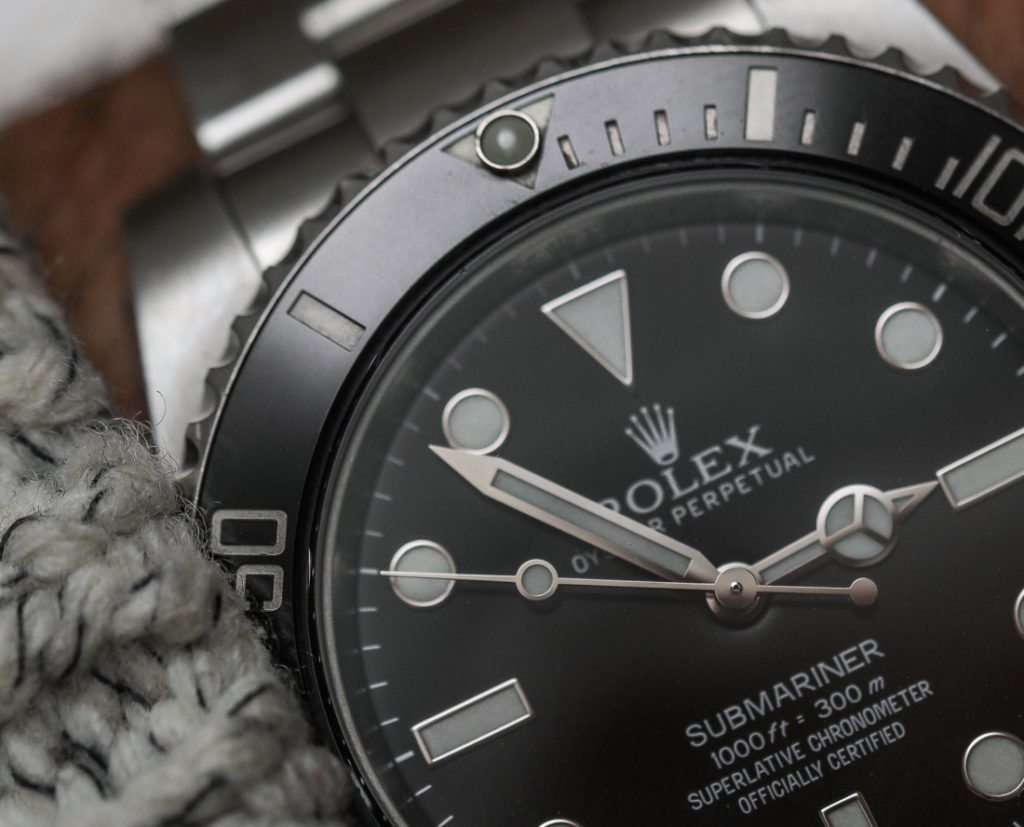
Now I come to my part in this tale. Several years ago, not long after I caught the watch bug, I was on the search for a new dive watch. I was after something slightly dressy with classic styling and I happened upon the Steinhart Ocean Vintage Military. For those unfamiliar, this is a 42mm, Swiss Made, ETA 2824-2 based mil-sub homage. I’d say it falls on the pointy end of the homage spectrum. Given that I have the salary of a mere mortal, a six-figure Rolex 5517 ain’t happening in this lifetime. My justification for purchasing this watch was as follows: a) not an homage to a current watch or even a remotely attainable one, b) not instantly recognizable, c) not a copy/fake (it clearly has Steinhart written on the dial), and d) affordable and high quality by all accounts. Oh, and it’s a damn fine-looking watch.
If you’ve purchased an homage watch, or seriously considered one, these justifications probably sound quite familiar. In retrospect, I don’t think there is anything inherently wrong with any of these arguments. They’re all true and I would never begrudge anyone the decision to purchase an homage watch. It would be more than a little hypocritical if I did. Let’s face it, watches are expensive luxury items and, to a vast majority of humans, the idea of throwing down more than $50 on a watch is absurd, let alone the $8,000 or so it’ll cost to get into a sub, let alone the $100,000-$200,000 to get into a mil-sub. As such, a nicely constructed, well-spec’d watch that’s modeled after an extremely unattainable, but beautiful design at an affordable price is pretty tempting.
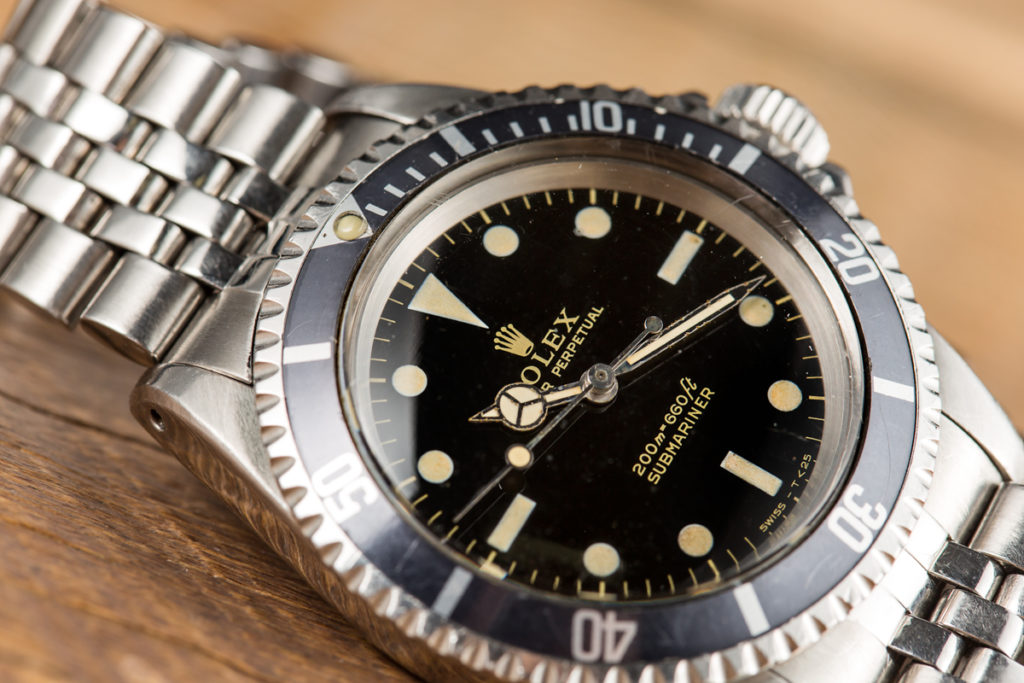
So, where did it all go wrong? I had completed my self-justification for the purchase and thought that all my mental armaments were in place to confidently strap on a mil-sub homage. Indeed, upon opening the box I was impressed by the quality of the watch itself. Really, it’s amazing what you can get for a few hundred dollars. So, I adjusted the bracelet, strapped it on my wrist, grabbed the dog, and headed out for a hike. For the first few minutes, I walked with that classic new watch swagger. But each time I glanced down, my elation dissipated just a bit. Within about 10 minutes or so, my swagger was gone. When I looked down, I wasn’t appreciating the watch for what it was. No, I was just thinking that I was trying to look like I was wearing a Rolex. I couldn’t get around it. My justifications kept disintegrating, one by one. I wasn’t wearing a fake or a copy, and I wasn’t trying to deceive anyone. Besides, not a single person in my social or professional circles knows what a mil-sub is and likely would be hard-pressed to recognize a sub. But I knew. Dammit, I knew.
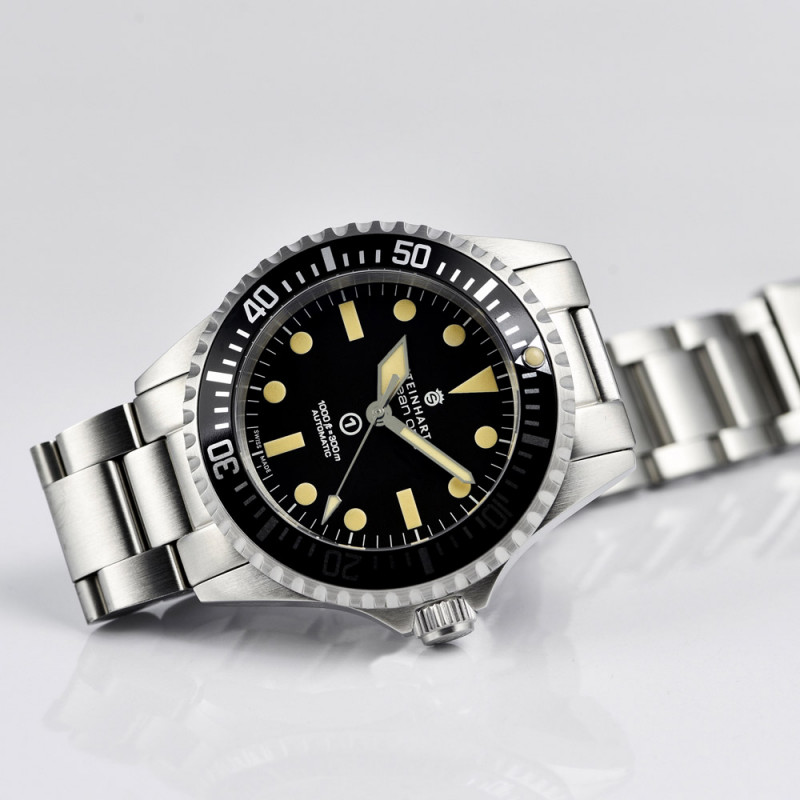
In the study of animal behavior, there’s a term called status signaling, which is when an animal displays a trait that honestly reflects that individual’s status or rank. Next time you’re eating at an outdoor cafe, take a look at the little house sparrows hopping on the ground scrounging for scraps. Look closely at their chests — some will have large black bibs (high-ranking males, the five-star generals), while others will have small bibs (low-ranking males, the lowly privates). When it comes to a piece of bread flicked off a plate, the general is given deference and gets the bread. Well, if that’s the case, why not fake your status and take the bread yourself? Turns out that if you take a magic marker and make that black bib larger (yes, this has been done), that bird will be automatically promoted up the ranks and shown proper reverence by lower-ranking birds. That’s all well and good for a while… until a similarly-ranked male challenges him. At this point, the faux-general, scientifically speaking, gets the crap kicked out of him and is socially ostracized and beaten on by the other hoodwinked sparrows. This isn’t terribly dissimilar to us humans — there are severe penalties for lying and deceit. It’s our animal nature to abhor a cheat.

So, what does an homage watch have to do with sparrows? I would argue that watches are a classic status symbol for humans. And no one has done a better job marketing status than Rolex. The message is this: if you wear a Rolex, you’ve made it in the world. I felt like an artificially enhanced sparrow, and I didn’t like it. Now, while I wasn’t concerned about being challenged on my status and taking a beating, I still loathed the feeling that I was pretending to be something I’m not. I was signaling a false identity.
The watch went back in the box and up for sale. Money was lost (though, luckily, not much) and a lesson was learned. I learned where I fall on the homage watch spectrum. I’m perfectly fine with wearing watches that have similar design elements to classic pieces like the Submariner — I’d love to own a Seiko MM300, and I very much enjoy the Zelos Mako, both of which you could argue share some Sub DNA. As much as I love the look of the Milsub, I’m not owning one in this lifetime and, at this point in my life (family, mortgage, and other grownup stuff), a sub of any sort is out of the question. But that’s OK. There’s more than one way to signal your status and rank (even if you don’t think that’s your intention), regardless of how much you’re spending. And, within the watch world, I think there’s no better way to do that than by having damn fine taste. There are so many amazing designs and exciting things happening at every price bracket in the watch world that we’re not lacking in options.
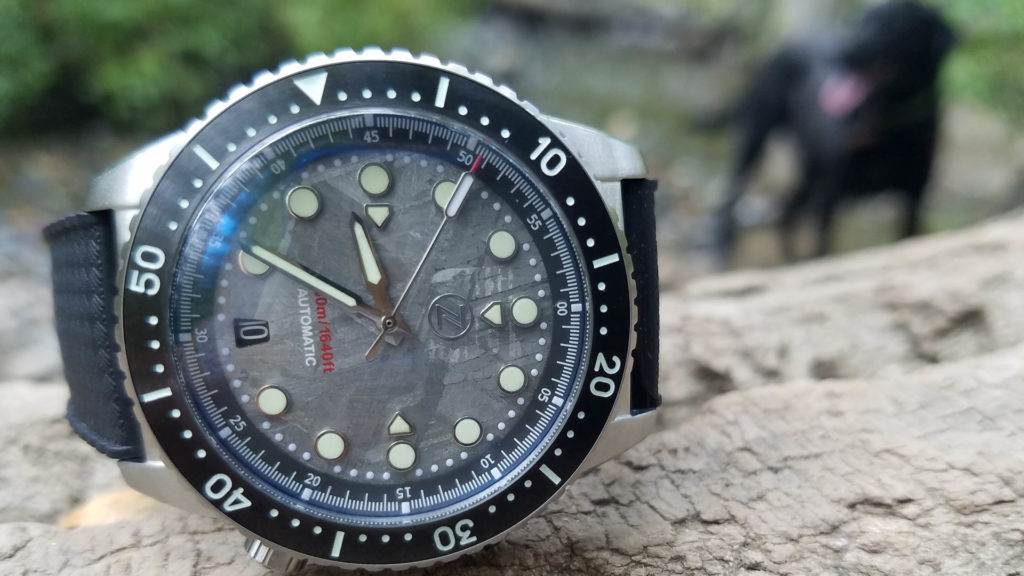
But what happens when there is a rare or unattainable design that captures the essence of your style and personality? The watch is you, through and through, but the only feasible option to capture that feeling is through an homage. You’re not attempting to deceive; rather, you’re embracing the true definition of an homage — to honor and show public respect to a design you truly appreciate. Ultimately, I think this is the best expression of an homage watch. But whether wearing that homage makes you feel like a person paying tribute to an outstanding design or feel like you’re signaling a false identity will be up to you. You’re the one drawing the line. Unfortunately, for me, I didn’t know where my own line was until I was wearing the watch.
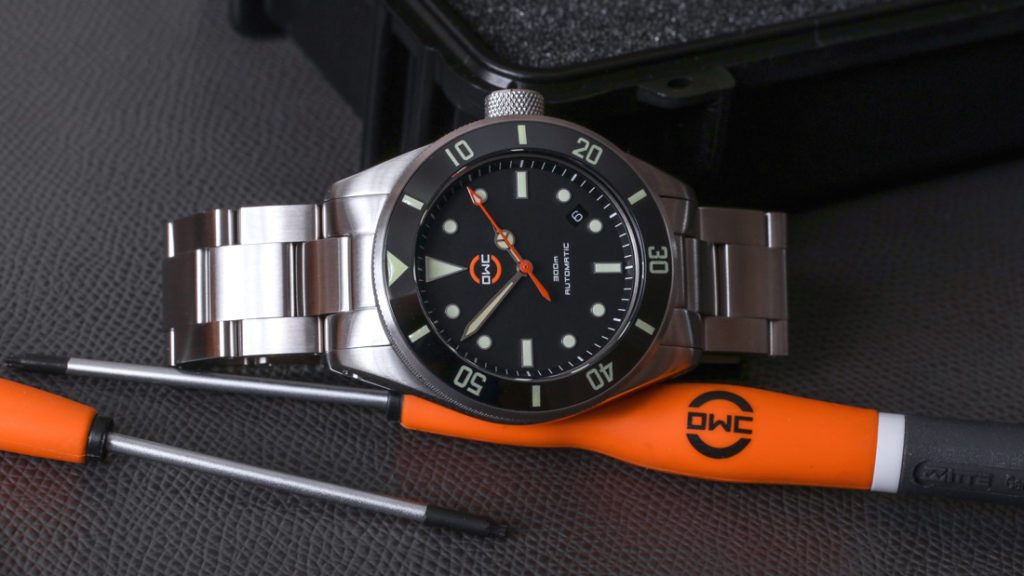 So, do I hate homage watches? No, certainly not. Nor do I think you should be hostile towards the idea of considering one. However, I do think it’s important to consider how you might feel once that watch is strapped to your wrist. What does it say about you? You may not care what others think about what’s on your wrist, but I was surprised by how much wearing an homage made me consider the message it conveyed. Watches are incredibly personal items, and we’re drawn to them because we see them as an extension of ourselves and of our own persona. I want my watch to be a horological representation of what is uniquely me. Consider your next purchase and what your watch says about you. Would you want that statement boldly printed on your shirt? If so, then go on and wear it loud and proud. If not, perhaps it’s time to consider a different watch.
So, do I hate homage watches? No, certainly not. Nor do I think you should be hostile towards the idea of considering one. However, I do think it’s important to consider how you might feel once that watch is strapped to your wrist. What does it say about you? You may not care what others think about what’s on your wrist, but I was surprised by how much wearing an homage made me consider the message it conveyed. Watches are incredibly personal items, and we’re drawn to them because we see them as an extension of ourselves and of our own persona. I want my watch to be a horological representation of what is uniquely me. Consider your next purchase and what your watch says about you. Would you want that statement boldly printed on your shirt? If so, then go on and wear it loud and proud. If not, perhaps it’s time to consider a different watch.
Now that we’ve opened this can of worms, we’d love to hear what you think in the comments. Have you owned an homage watch? If so, why did you buy it and what was your experience? Where do you draw the line for acceptability of what goes on your wrist?

